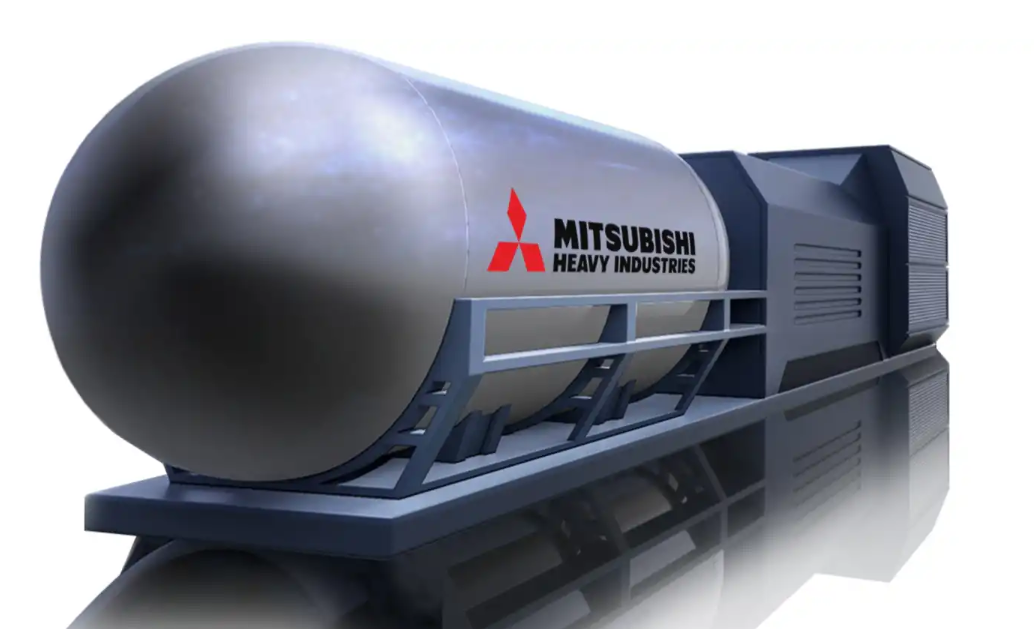Image 1) Argonne laboratory's concept of a micro nuclear reactor.
New portable nuclear reactors that can move by using trucks can make a new revolution in nuclear energy. The power output of those miniature nuclear reactors that are under development in many countries is about 20 megawatt per unit. But those units can connect to one larger entirety. And that makes it possible to make large-scale modular systems.
The portable nuclear reactors also make it possible to connect those reactors to any electric network in the world. That means that all ships that have diesel-electric engine systems can get energy boosters from portable nuclear reactors. The nuclear reactor would drive the ship. And then it will connect to the ship's electric system. The system can use a normal high-voltage electric connector.
Image 2) DOD vision of the use of mobile micro nuclear reactors.
And when nuclear power is not needed anymore. That reactor can be driven out from the ship and used in different places. The small portable nuclear reactor is easy to install and remove from the devices. It can be so easy a process that we can compare it with chancing batteries. The nuclear reactor can also install in aircraft like large-size cargo planes or strategic bombers. And it gives them virtually unlimited operational time.
Nuclear reactors are excellent tools for delivering energy for the new electric jet turbines. And plasma-ion engines. Those systems can revolutionize aviation in the both civil and military sectors.
That allows for making the of hypersonic aircraft that can operate under both atmospheric and space conditions. The electric jet engines along with nuclear reactors makes also possible that the aircraft can keep the super- or hypersonic speed even for weeks or months.
Image 3) The Mitsubishi concept of "reactor on wheels". "Mitsubishi Heavy’s microreactors will be able to provide power to remote and disaster-hit areas. (Image courtesy of Mitsubishi Heavy" (https://eurasiantimes.com/mitsubishi-aims-to-commercialize-reactor-on-a-truck-by-2030s/)
That kind of system can also deliver energy in the areas where is emergency conditions. If the aircraft that uses micro nuclear reactors is landing in an area where is no electricity it can give power supply for that area.
Also, nuclear-powered aircraft and shuttles can operate in the atmospheres of another planet. That means the nuclear-powered spacecraft can land on another planet. And then the crew along with robots can make their base. The base can get its energy from that nuclear-powered shuttle.
Images and sources
Image 1) https://www.anl.gov/article/5-ways-argonne-scientists-are-powering-ahead-on-nuclear-microreactors
Image 2) https://purelyfact.com/read-https-militaryleak.com/2022/04/17/us-department-of-defense-to-build-mobile-nuclear-micro-reactor-for-field-power-supply/
Image 3) https://eurasiantimes.com/mitsubishi-aims-to-commercialize-reactor-on-a-truck-by-2030s/
https://artificialintelligenceandindividuals.blogspot.com/







No comments:
Post a Comment
Note: Only a member of this blog may post a comment.